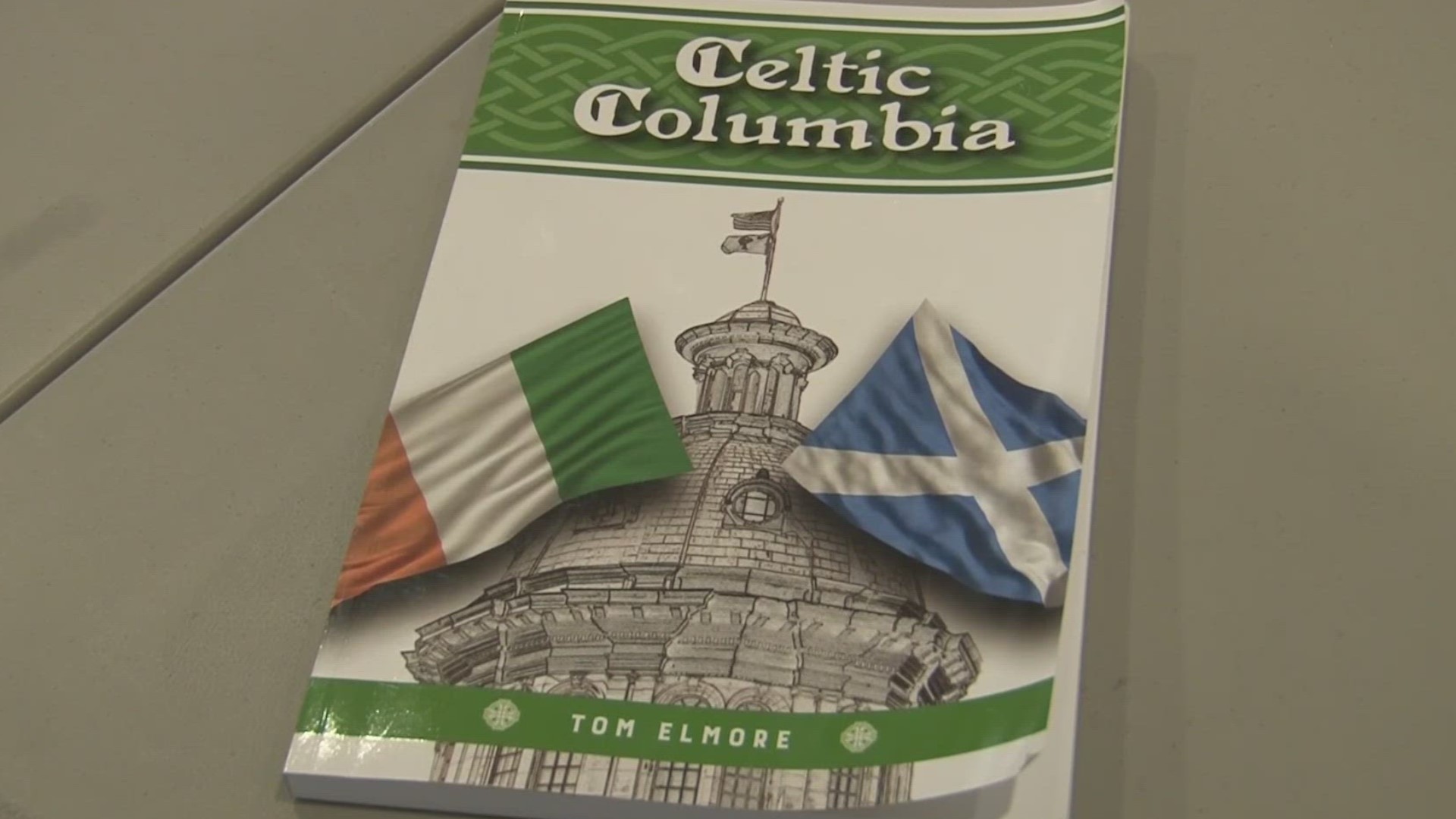COLUMBIA, S.C. — As some get ready for St. Patrick's festivities in Columbia this weekend, others are remembering the impact Irish immigrants had on the Capital City.
According to Eric Friendly, a historian at Historic Columbia, Irish people in the Capital City date back to the early 1800s. He says conditions in their home country pushed thousands to seek a different life in America. Many found their way to South Carolina as indentured servants working, often for no money, for years to build the Columbia Canal, some even dying of sickness or exhaustion.
A monument was placed in their at the canal in 2008.
"These people were seeking a better life," Friendly said. "This was the time before power tools. They were just using like a pick axe or a shovel and so this was really labor intensive work."
At one point, Irish immigrants were the largest population of immigrants in the city prior to the civil war, according to Friendly.
Tom Elmore, a local historian and author of the book “Celtic Columbia,” Irish settlers created neighborhoods around the state capital, a structure they helped build.
"The 39 stone masons that built the state house were born in Ireland. There were four pockets of Irish people in Columbia, based on the census records. New Dublin, which is where the Carolina Coliseum is today, over here on Arsenal Hill, Cotton Town, and in the first couple of blocks north of the State House was called 'Little Dublin' and it was the Irish commercial district."
Heading down Assembly Street, you'll pass another piece of Columbia's Irish history: Saint Peters Catholic Church. Karen Williams is a member at St. Peters who says the church was started in the early 1800s by John England to meet the needs of the indentured servants.
"When they died, there was no place for them to have a funeral or to be buried, and so this church was established then," Williams said. "This is the corner stone from the original church designed by Robert Mills."
Her husband, Daryl Williams helped create a self-guided tour of the church's 200-year-old cemetery, with dozens of tombstones for those born in Ireland.
"You really get a feel for the history," he said. "Here's some very prominent people buried there. The person who was the architect for the State House is buried there."
Elmore says there are even more untold stories and unseen history around our area, if we continue to look for it.
"People say, 'I never knew that.' The history's there, you just have to want to go out and find it and seek it out."

